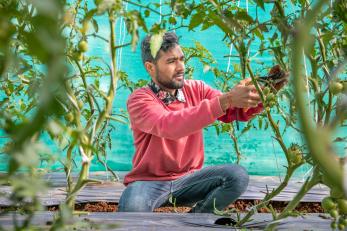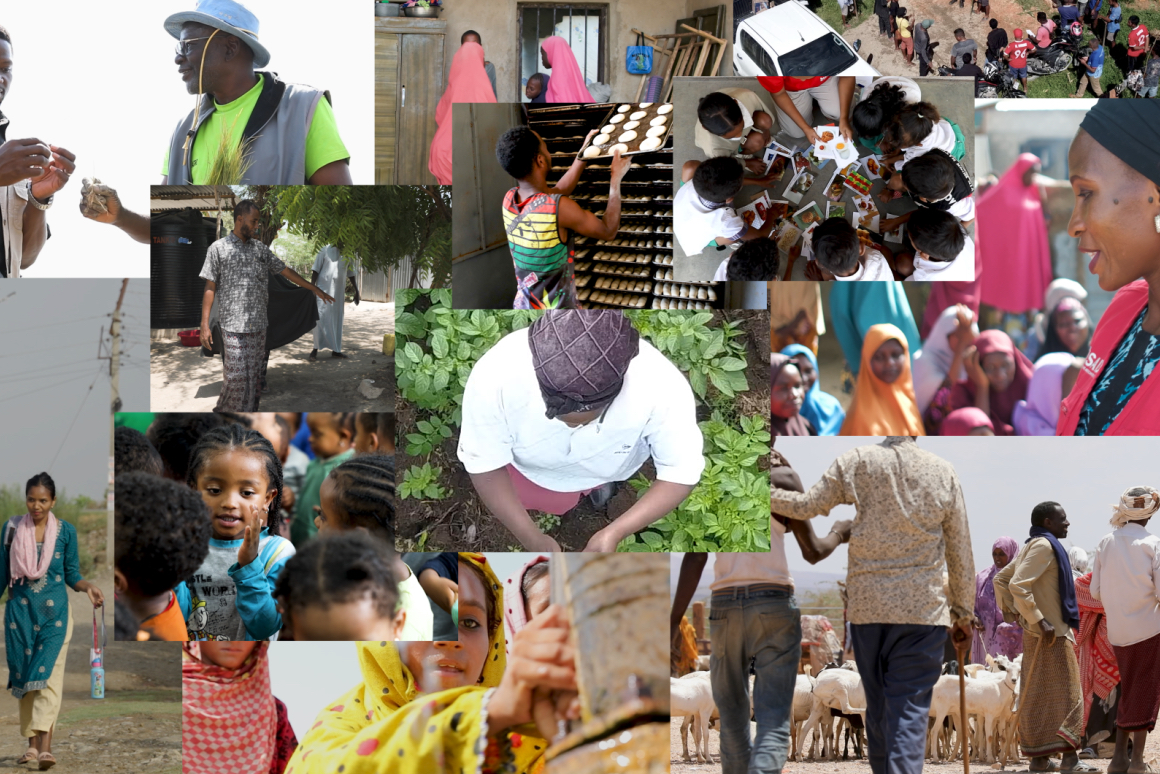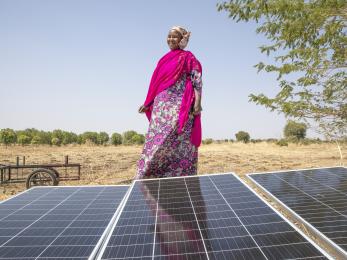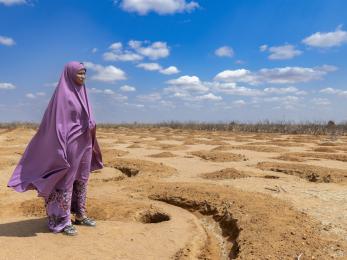Catalytic capital for investing in a climate-smart future

As the climate crisis continues to unfold, the need for financing to support climate adaptation in regions across Africa, Asia, Latin America, and the Middle East will reach $330 billion by 2030. However, the countries who will be most disproportionately impacted by climate change will have only received a fraction of climate financing.
So what needs to happen for high-income countries to meet the growing funding gap for those most impacted by climate change?
There needs to be a generation-defining level of commitment, creativity, and collaboration from governments and the private sector to utilise and deploy the $330 billion required in intelligent and innovative ways.
Climate change deeply impacts every emerging economies economy, sector, supply chain, and industry. There are 3.3 billion people whose lives are at risk and highly vulnerable to climate change. Over 130 million people will be pushed into poverty by climate change by 2030. Yet, climate investment opportunities in emerging markets will total $23 trillion by 2030.
At Mercy Corps, my role straddles the humanitarian and venture capital worlds through our impact investing arm, Mercy Corps Ventures. We’re seeing the world’s builders, creators, and entrepreneurs launching startups and developing transformational solutions at unparalleled rates, bringing energy and urgency to the current moment.
We see massive potential around a broad spectrum of tech-enabled adaptation solutions to drive climate resilience of people, communities, and small businesses in frontier markets. We do that by investing in three key areas: adaptive agriculture solutions, inclusive financial services, and climate-smart systems.
Adaptive agriculture solutions are helping to strengthen the livelihoods of smallholder farmers and the food systems they operate within. Inclusive financial services, such as insurance, can help transfer risk related to climate, or credit to help people build back after weather shocks. And finally, climate-smart systems, such as tropical weather forecasting solutions, sustainable supply chain models, and platforms that are developing flood data analytics can enable more resilient communities.
There are many compelling opportunities at that nexus of technology and climate adaptation. We have invested in startups implementing these types of solutions including Ignitia, an artificial intelligence-enabled platform to predict hyperlocal weather forecasts for farmers in the tropics.
However, despite the potential of startups implementing solutions to climate adaptation, private capital has been slow to recognise this opportunity. Global investors are tentative about investing in new markets because of perceived risk and their lack of experience, knowledge, and networks within these regions.
Capital investors have a limited understanding of emerging market conditions, regulations, and tech infrastructure, and little knowledge of the needs and constraints of underserved users and the barriers faced in reaching and serving these communities.
We need to seed adaptation solutions earlier and use funding from governments, multilateral funds, development banks, philanthropists, donor-advised funds, and private and corporate foundations in a catalytic way.
Catalytic capital can be most impactful in these three areas:
- Seeding the earliest and riskiest stages of innovation for the long term. If we can develop thousands of scalable technology companies introducing climate adaptation solutions, we will see strong outcomes over the next decade.
- Scaling proven solutions in new markets and applying a climate lens. Many solutions working in more established economies could be thoughtfully reapplied to new and emerging markets, and current products and services reaching underserved users can be adapted to meet their changing needs in the face of climate shocks. Here, catalytic capital needs to remain open to the fact that it might not receive a rapid or risk-adjusted market rate of return.
- Sustain solutions that need to incorporate subsidisation. For example, looking at insurance, many countries worldwide have crop yield insurance policies that are subsidised, yet in Africa, just a few countries are subsidising their crop insurance policies. Catalytic capital can provide that subsidisation to yield insurance to help farmers have a backstop if drought or flooding ruins their crops.
Last year, while I was in Egypt at the United Nations Climate Change Conference, or COP27, there was no shortage of discussion about the need for more adaptation finance. We now need to see more explicit commitments to adaptation that align incentives between governments, companies, and investment funds focused on emerging markets.
If we want to build communities resilient to climate shocks, investing in climate adaptation is not just the right thing to do, it’s a massive market opportunity.



